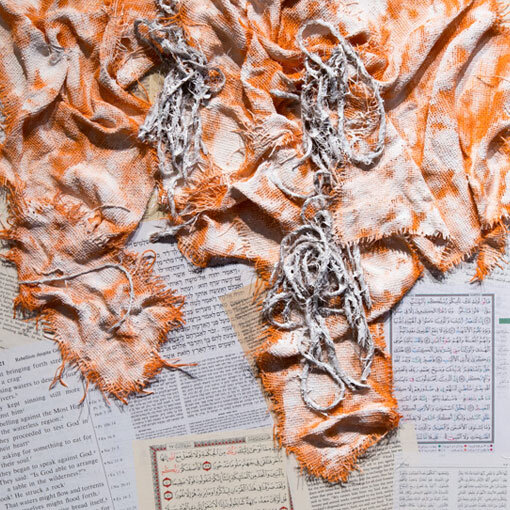Shapes of Transcendence
American Landscapes.
Portraits in Abstraction
Birds Without Wings/Rhythm of Life.
Veil of Ignorance.
Nabil Mousa: A Leading Arab American Abstract Artist and Middle Eastern Contemporary Art Artist
Nabil Mousa is an influential voice in today’s art scene, known for his bold vision and culturally resonant work. As an Arab American abstract artist, he explores themes of identity, immigration, and human rights through vibrant, layered compositions that defy conventional boundaries. His art reflects a personal and collective journey, deeply rooted in his experience as a Syrian-born creative raised in the United States.
Blending color, symbolism, and emotion, Nabil Mousa challenges audiences to confront social and political issues from a deeply human perspective. As an Arab American abstract artist, his work serves as a bridge between Eastern heritage and Western contemporary style, creating powerful visual conversations that speak across cultures.
Mousa is also widely recognized as a groundbreaking Middle Eastern contemporary art artist. His work often draws upon traditional Arab aesthetics while pushing the limits of abstraction and conceptual design. Whether addressing gender equality, religion, or national identity, Mousa uses his canvas as a space for reflection and resistance.
As a Middle Eastern contemporary art artist, Nabil Mousa is part of a growing movement redefining what it means to be both Middle Eastern and American in today’s global art landscape. His work has been exhibited in museums and galleries across the U.S., offering bold new perspectives on issues that resonate globally.
Nabil Mousa’s art is not only visually striking but also emotionally and politically relevant. Through his creative voice, he continues to inspire dialogue and challenge norms—cementing his place as a powerful force in contemporary art.
Nabil Mousa: Exploring Identity Through the Lens of a Middle Eastern Abstract Artist and Contemporary Art
Nabil Mousa is a pioneering voice in the global art landscape, known for his powerful use of abstraction and cultural symbolism. As a Middle Eastern abstract artist, he creates deeply expressive works that blend his Syrian heritage with the complexity of life in America. His use of abstract forms allows him to explore powerful themes such as identity, exile, human rights, and faith—without the constraints of literal representation.
With each canvas, Mousa communicates a layered emotional experience. As a Middle Eastern abstract artist, his vibrant colors and organic shapes evoke both conflict and harmony, reflecting the internal and external struggles faced by many in the Arab diaspora. His art invites viewers to look beyond form and into meaning, sparking dialogue about issues often left unspoken.
But Mousa’s impact extends beyond abstraction. As a Middle Eastern contemporary artist, he works across media—including painting, installation, and conceptual art—to address social justice, LGBTQ+ rights, and cultural identity. His works often challenge societal norms, positioning art as both a personal journey and a public statement.
As a Middle Eastern contemporary artist, Nabil Mousa breaks stereotypes and expands the global understanding of Middle Eastern voices. He brings attention to stories that are too often marginalized, making his art both timely and timeless.
Nabil Mousa’s work has been exhibited across the United States and internationally, receiving acclaim for its emotional power and cultural significance. By combining tradition with modernity, and the personal with the political, he continues to shape how Middle Eastern art is seen and understood on a global scale.
In bridging two worlds, Nabil Mousa offers a compelling example of how art can transcend borders—becoming a force for awareness, healing, and transformation.






